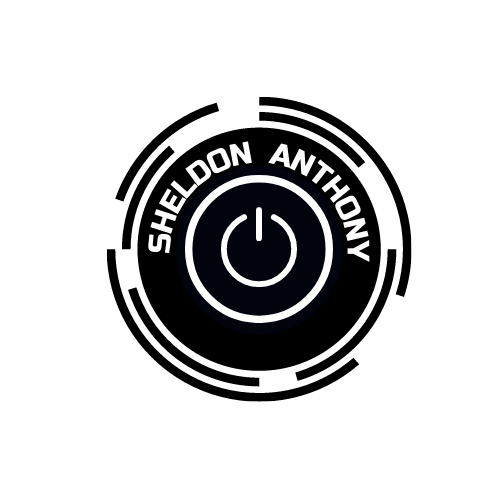
The corporate landscape is due for a shake-up, and neuromining is the pickaxe. It's a wild ride, but one that holds the potential for both innovation and manipulation. Buckle up, and keep your mind sharp – the future of marketing is here, and it's getting personal. Gone are the days of endless surveys and focus groups. The future of understanding consumers is getting... weird. According to Gartner by 2027, a quarter of the Fortune 20 companies will be supplanted by companies that neuromine and influence subconscious behavior at scale. [1]
Traditional methods of understanding consumer behavior are like peering through a frosted window. We see outlines, but the true motivations need to be more clear. Neuromining aims to shatter the pane. Traditional market research relies heavily on what consumers consciously think or want. However, this approach must often be revised because subconscious biases and emotional drivers significantly influence purchasing decisions. Focus groups and surveys can be misleading, as people might not be entirely aware of their subconscious preferences. Pricing is a delicate dance between maximizing profit and maintaining customer satisfaction. Traditional methods might not capture the subconscious associations consumers have with price points. Today's consumers are bombarded with marketing messages. Businesses struggle to create ads that truly stand out and capture attention. Consumer preferences and behaviors are constantly evolving. Businesses need to stay ahead of the curve.
Lays, a renowned snack brand, faced the perennial challenge of pricing their products optimally. Traditional market research and consumer surveys provided insights, but they wanted something more powerful—something that tapped directly into consumers’ subconscious responses. Lays partnered with Neurensics to implement NeuroPricing™, a cutting-edge technique that combines neuroscience and pricing strategy. Participants underwent functional magnetic resonance imaging (fMRI) while viewing Lays’ product packaging and pricing information. The fMRI scans captured real-time brain activity. By analyzing brain responses, Neurensics identified which price points triggered positive emotions, desire, and willingness to purchase. It went beyond rational decision-making, delving into the subconscious. Armed with these insights, Lays adjusted their pricing strategy. They fine-tuned prices based on the neural data, aiming for the sweet spot where consumers felt value without hesitation. Lays’ revenue surged as they aligned prices with consumers’ subconscious preferences. The optimized pricing led to higher sales volumes and improved margins. Lays outperformed competitors who relied solely on traditional pricing models. Their neuromarketing approach gave them an edge in a crowded market. Neuromining goes beyond what consumers say—they reveal what they truly feel. NeuroPricing™ allows companies to set prices with scientific precision, maximizing revenue. Understanding the brain’s hidden cues empowers brands to create consumer-centric experiences.[2]
This isn't just some sci-fi fantasy. Neuromining is already being used, and its impact will be seismic. Say goodbye to giants cause neuromining levels the playing field. Big companies with massive marketing budgets won't necessarily win. Smaller, innovative firms that understand how to target our subconscious desires will have a huge advantage. Get ready for some seriously creative marketing. As we learn more about the brain, expect ads that use specific colors, sounds, and imagery to trigger emotional responses and buying urges. The rise of neuromining is inevitable. By measuring brain activity while consumers interact with products or marketing materials, businesses can glean invaluable insights into subconscious emotional responses and attention patterns. This allows them to tailor products, packaging, and marketing campaigns to resonate with consumers on a deeper level. Neuromining techniques like EEG can reveal the "sweet spot" pricing range that triggers feelings of value and desirability in the brain. This empowers businesses to set prices that are perceived as fair while ensuring healthy profit margins. Neuromining helps businesses understand which visual elements, sounds, and messaging resonate most with their target audience on a subconscious level. By identifying these subconscious attention grabbers, businesses can craft compelling marketing campaigns that cut through the noise and leave a lasting impression. Neuromining provides a unique window into the ever-changing subconscious mind of the consumer. By continuously monitoring subconscious responses through neuromining techniques, businesses can stay agile and adapt their strategies to meet the evolving desires of their target audience.
Market leaders embrace the ethical and responsible use of neuromining. They don't exploit but illuminate. By partnering with neuroscientists to understand, not manipulate, they harness this power for good. By understanding the subconscious mind, they unlock a new era of customer connection and propel their businesses to the forefront of the coming revolution. Remember, in the age of neuromining, it's not just about what you sell, it's about what you make people feel.





No comments:
Post a Comment